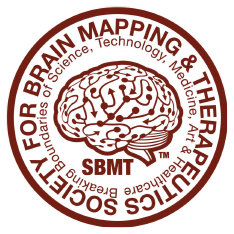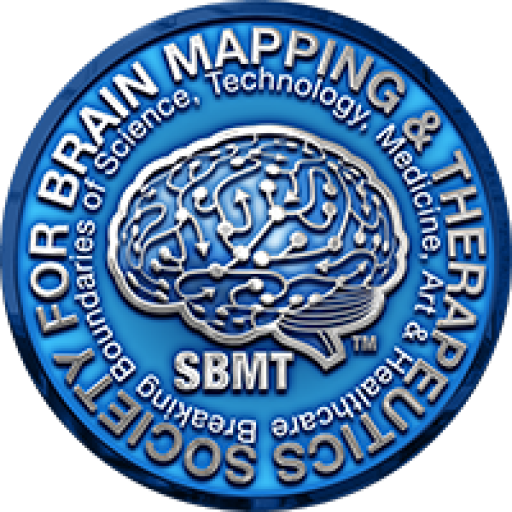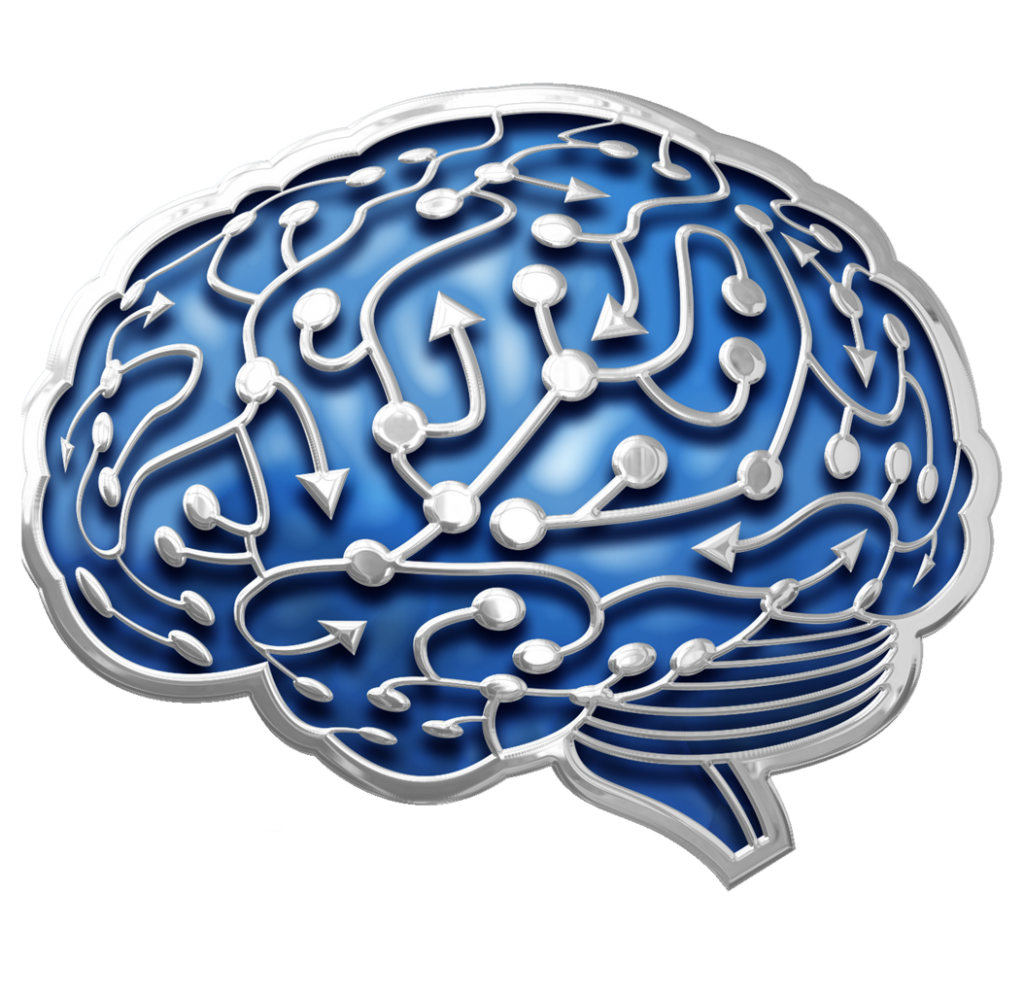Module 5 focused on cutting-edge advancements in neuroimaging, including 7T MRI for ultra-high-resolution imaging, AI and machine learning for automated analysis, portable neuroimaging devices for point-of-care diagnostics, and future trends like quantum sensors and biophotonics.
Instructions:
- Read each question carefully before answering.
- For Multiple Choice Questions, select the best answer by choosing A, B, C, or D.
- For True/False Questions, indicate whether the statement is True or False.
- For Fill-in-the-Blank Questions, write the most accurate word or phrase to complete the sentence.
- Take your time to reflect on the concepts and review your answers if needed.
Innovations in Ultra-High-Resolution Imaging
A MRI scanner uses a stronger magnetic field than traditional MRI, enabling clearer and more detailed images.
Ultra-high-field MRIs can achieve resolution, allowing the visualization of microstructures like individual cortical layers.
Machine Learning and AI in Neuroimaging Analysis
AI models can analyze MRI scans to predict the onset of years before clinical symptoms appear.
Machine learning techniques can identify in neuroimaging data, which are associated with specific conditions like schizophrenia.
Portable Neuroimaging Devices
Portable MRI devices are designed to be used in settings, such as outpatient clinics, ambulances, or at home.
Near-Infrared Spectroscopy (NIRS) measures brain and hemodynamics in real time.
Future Trends in Neuroimaging: Quantum Sensors and Biophotonics
Quantum sensors measure weak fields generated by neuronal activity with unprecedented precision.
Biophotonics involves the use of to study biological systems and brain activity.




